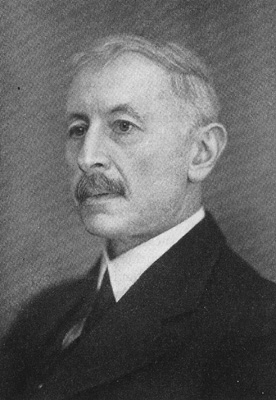|
Paul Karrer (1889-1971)

Swiss organic chemist who synthesized various
vitamins and determined their structural formulas, for which he shared
the 1937 Nobel Prize for Chemistry. He also worked on vegetable dyes.
Karrer was born in Moscow but grew up in Switzerland and studied at
Zurich. In 1912 he took a post as chemist with Paul Ehrlich at the Georg
Speyer Haus, Frankfurt am Main; he left Frankfurt six years later on
his election as reader at University of Zurich. In 1919 he became Professor
of Chemistry and Director of the Chemical Institute.
Karrer's early work concerned vitamin A and its chief precursor, carotene.
Karrer worked out its correct constitutional formula in 1930, although
he was not to achieve a total synthesis until 1950. He showed in 1931
that vitamin A is related to the carotenoids, substances that give a
yellow, orange, or red colour to many foodstuffs. There are in fact
two A vitamins. Karrer proved that there are several isomers of carotene,
and that vitamin A1 is equivalent to half a molecule of its precursor
beta-carotene.
In 1935, he solved the structure of vitamin B2 (riboflavin).
He also investigated vitamin E (tocopherol), which is a group of closely
related compounds, and in 1938 he solved the structure of alpha-tocopherol,
the most biologically active component.
In 1927, Karrer published the "Lehrbuch der organischen Chemie"
(Textbook of Organic Chemistry).
|